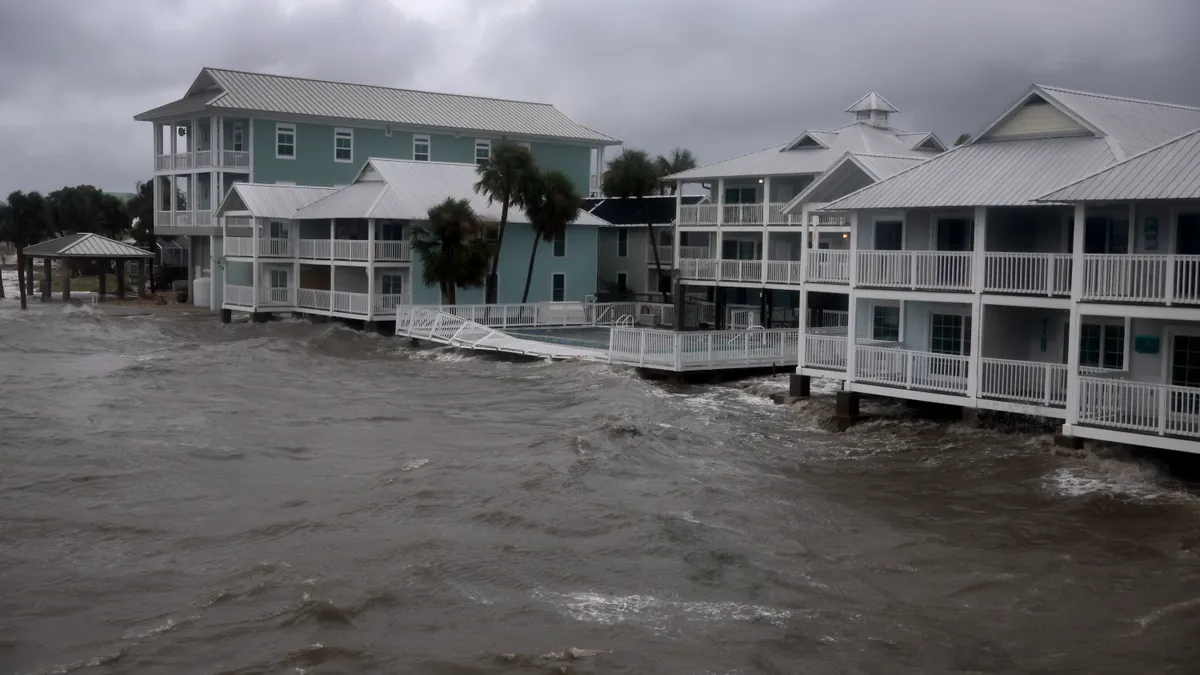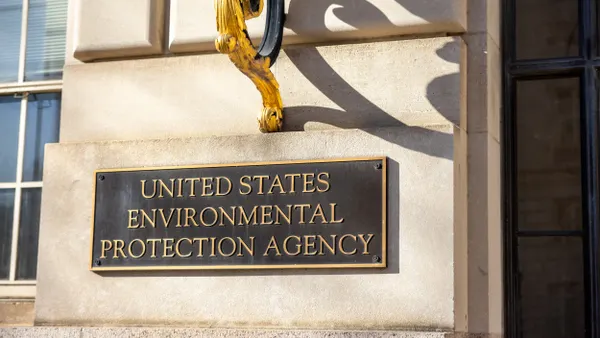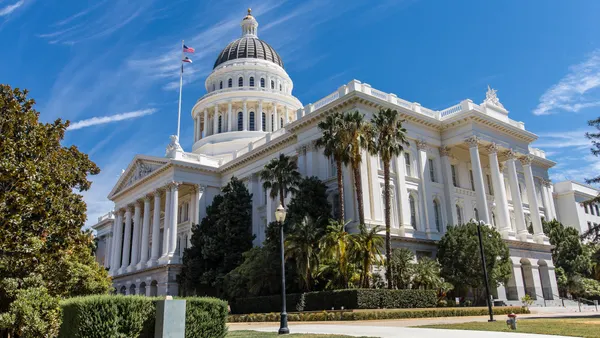Dive Brief:
- U.S. communities recovering from major natural disasters now have more time to apply for a resilience-focused grant program the Federal Emergency Management Agency offers in the wake of such events.
- Under FEMA’s final rule, published on Aug. 15 and effective immediately, communities can now apply for the Hazard Mitigation Grant Program for up to 15 months after a federal major disaster declaration, instead of the original 12 months, as well as request an up to 240-day extension (up from a previous 180-day maximum).
- The change is a response to the concerns of state, local, tribal and territorial governments that said the application period is a barrier to applying for funds, according to the rule published in the Federal Register.
Dive Insight:
Just one person — the U.S. president — can declare a major disaster after a drought, hurricane, tornado or other extreme weather event hits a community. In recent weeks, such designations have been given to events including Hurricane Debby and storms in Missouri and Puerto Rico.
That designation starts a clock ticking for the period during which communities can apply for the Hazard Mitigation Grant Program, which supports projects that rebuild while bolstering the community against future disaster impacts.
However, nearly 20% of the funds available through the program are left on the table, Victoria Salinas, FEMA’s associate administrator for resilience, wrote in an Aug. 15 LinkedIn post. She attributed the problem to the challenges posed by deadlines and how extensions were made.
“We understood that barriers existed for our partners accessing HMGP dollars while they were also working to recover from devastating climate events,” FEMA Administrator Deanne Criswell said in a statement.
An analysis of historical data by the agency shows that 42% of applicants were able to submit applications within 15 months — a number that jumps to more than 73% when applicants were given 18 months. FEMA stuck with the 15-month deadline rather than extending it to 18 months to strike a balance between an achievable deadline for communities and managing grants on a timely and effective basis, according to the final rule.
The final rule also allows FEMA to reopen closed application periods in certain cases. FEMA calculates and establishes the amount of funding communities can receive through the HMGP 12 months after the disaster declaration. Although the agency provides two estimates to communities on how much grant funding they can access before it locks in the final number, FEMA previously could not reopen the application period after it closed, even if the maximum amount of available funding greatly increased.
Under the new rule, communities will have three months after learning the final number to adjust the amount of money they apply for. This change is likely to reduce potential extension requests, which FEMA expects will reduce administrative burden for both communities and the agency.
The change is “a great example of an agency making small tweaks to a program based on stakeholder input” and a move in the right direction, Melissa Roberts, founder and executive director of the American Flood Coalition, wrote in an Aug. 15 LinkedIn post.
This isn’t the first change by FEMA aimed at increasing access to its resilience programs. In May, it announced that it changed how it calculates the costs and benefits of disaster resilience projects, giving more value to the future benefits that could result. This change makes it easier for communities to show such work is cost-effective, the agency said at the time.











